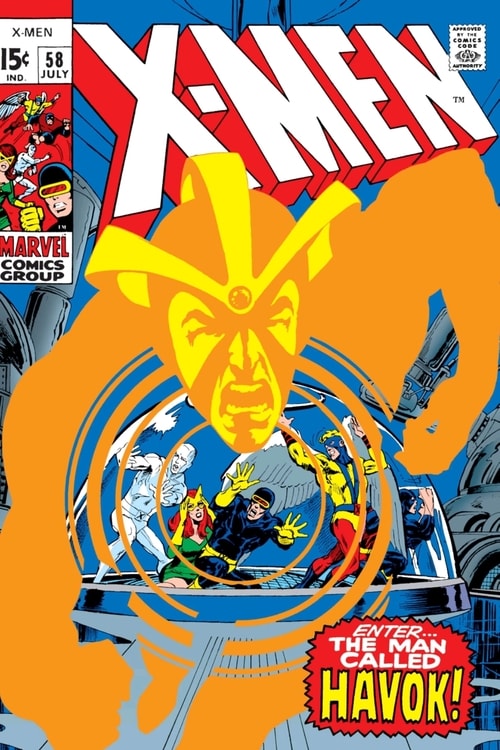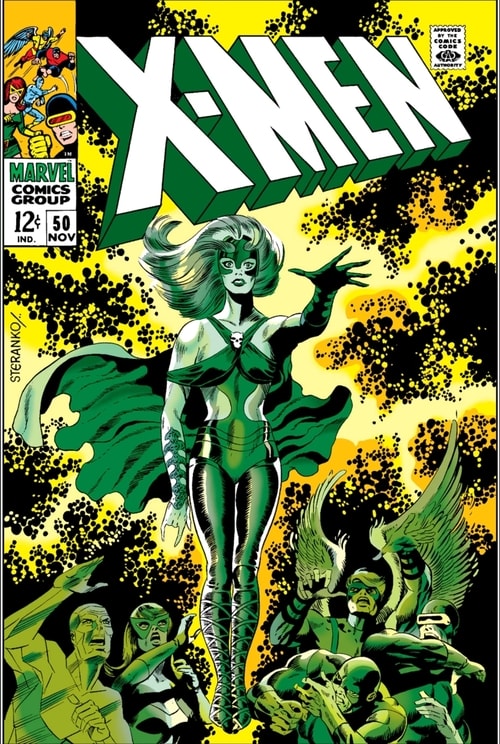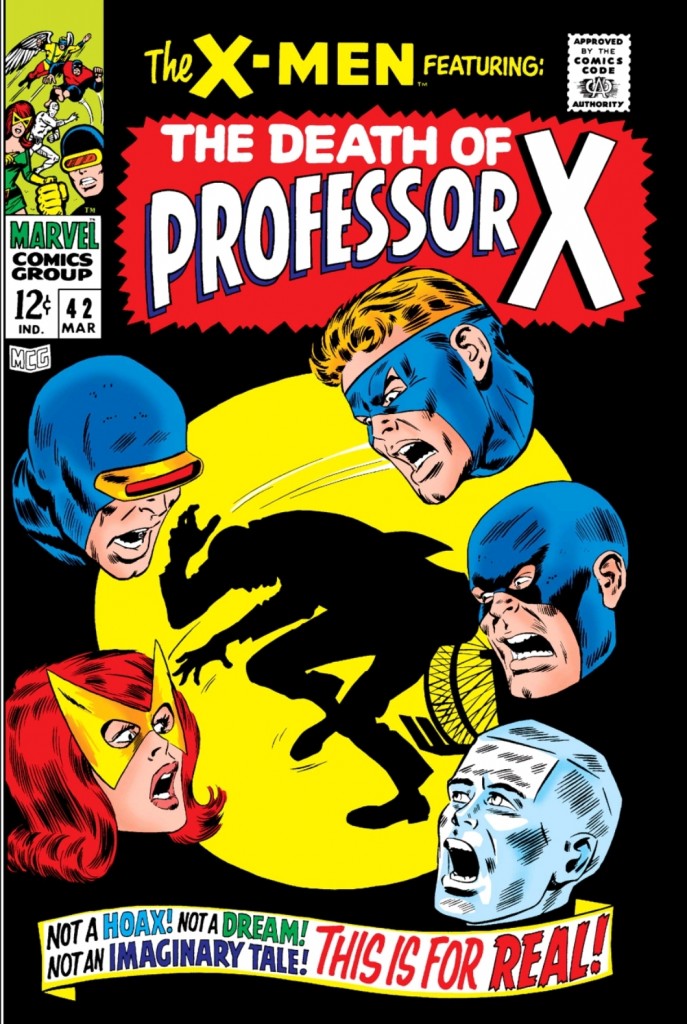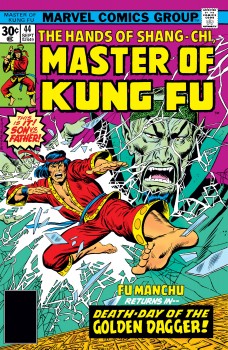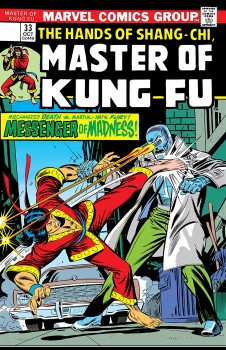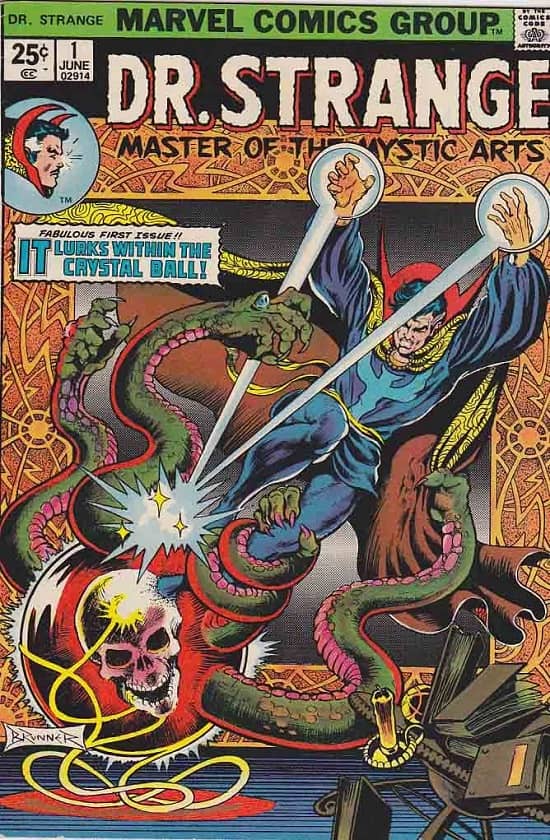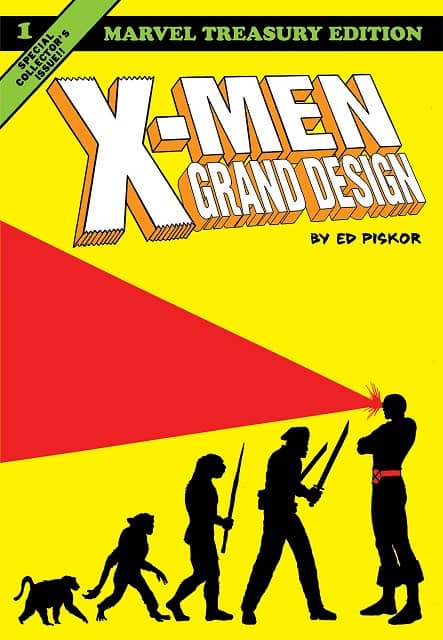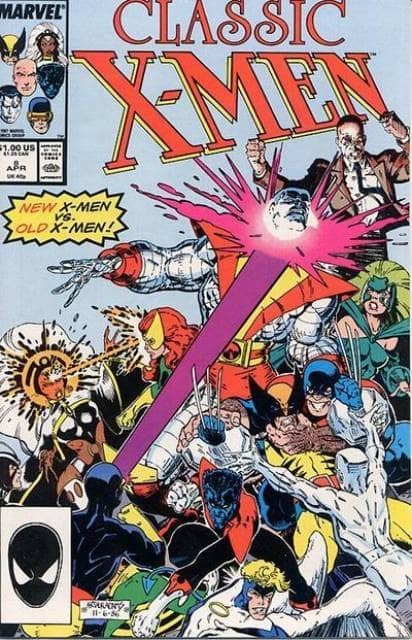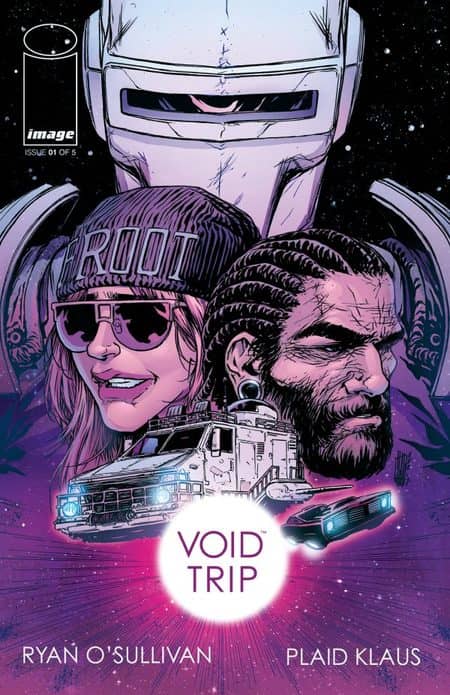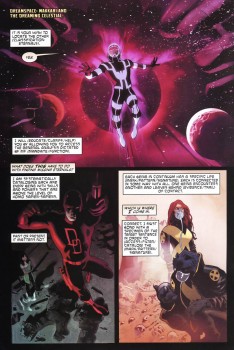A (Black) Gat in the Hand: Tracer Bullet Takes the Case
“You’re the second guy I’ve met within hours who seems to think a gat in the hand means a world by the tail.” – Phillip Marlowe in Raymond Chandler’s The Big Sleep
(Gat — Prohibition Era term for a gun. Shortened version of Gatling Gun)
I have had a Roger Torrey essay in mind for a couple years. And I thought I was going to write it this past weekend, but it didn’t quite work out that way. I’ll still be doing one this summer (he tells himself), using a short story from Black Dog’s excellent collection, Bodyguard. But today is not that day!
Calvin and Hobbes rivals Fox Trot for my all-time favorite comic strip. Bloom County barely holds off Dilbert for the third spot. Of course, the magic of C&H captivated millions over the years, and still does.
I have all of the non-repeating collections. Having bought them as they came out, I didn’t get that massive hardback collection. I even have the one from the exhibit here at Ohio State in Columbus, OH back in 1995. I didn’t see that one, unfortunately.
Calvin is a six-year old kid, and he has a stuffed tiger named Hobbes. Hobbes is alive when it’s just Calvin around. He’s a normal stuffed animal when someone else is (I only noticed one panel with an animated Hobbes, and someone else there…). Calvin is constantly getting into trouble with Hobbes.
There were some recurring characters, like Spaceman Spiff. There were two or three series’ with Calvin imagining himself as the classic hardboiled private eye, ala Sam Spade. He is Tracer Bullet. …

